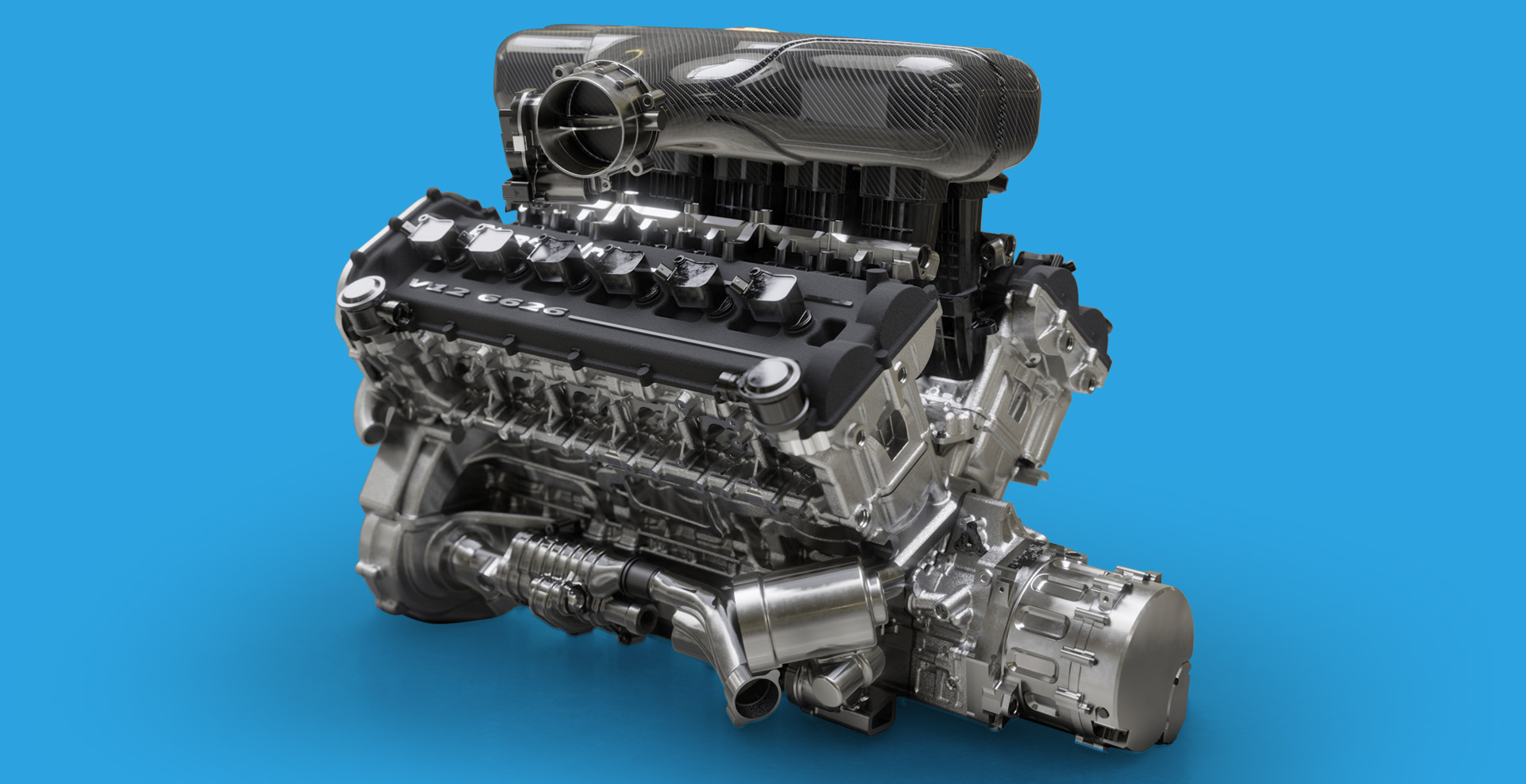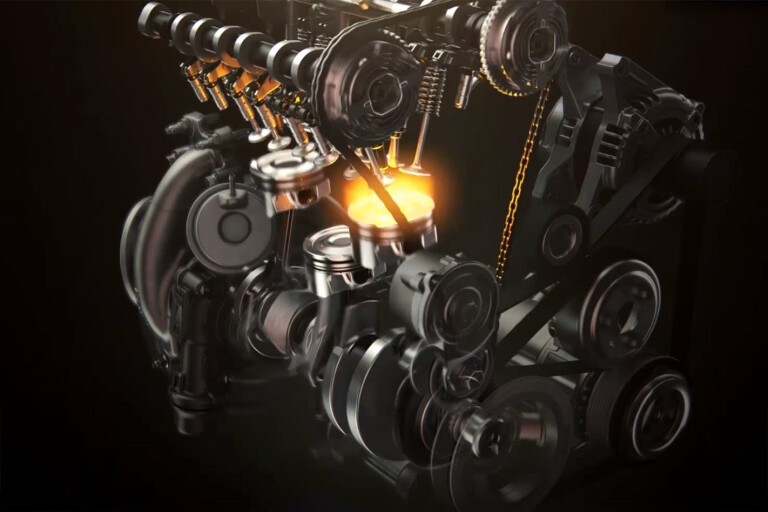The Evolution of High-Performance Automotive Powerplants: A Comprehensive Overview of Cutting-Edge Engine Technologies in the Modern Automotive Industry
The quest for extra effective, effective, and ecologically conscious engines has actually led to a myriad of developments that have actually reshaped the means we think concerning automobile power. From turbocharging innovations to the smooth integration of crossbreed powertrains, the realm of high-performance engine innovations continues to push borders and redefine possibilities.
Turbocharging Technologies
The evolution of high-performance auto powerplants has been substantially influenced by continual developments in turbocharging technologies. Turbocharging has reinvented the automotive market by giving a more effective ways of increasing engine power outcome without substantially increasing engine displacement. By using exhaust gases to drive a turbine that compresses the incoming air right into the engine, turbochargers properly increase the air-fuel combination's density, leading to enhanced burning and greater horse power levels.
One of the essential innovations in turbocharging technology is the growth of variable geometry turbos (VGTs) or variable nozzle generators (VNTs) These systems permit much more accurate control over boost levels, minimizing turbo lag and boosting engine feedback throughout a bigger series of RPMs. In addition, twin-scroll turbochargers have actually come to be preferred in high-performance applications as a result of their capacity to different exhaust pulses for far better power use.
Crossbreed Powertrain Combination
Continuing the trajectory of technological developments in vehicle powerplants, the combination of hybrid powertrains marks a significant shift towards enhancing both efficiency and performance in modern vehicles. Crossbreed powertrains incorporate standard interior combustion engines with electric motors, permitting boosted gas economic climate, decreased discharges, and increased power result (engines for africa). By flawlessly mixing the strengths of both power sources, crossbreeds use a versatile solution that satisfies varying motoring problems and demands
One trick advantage of hybrid powertrain assimilation is the capability to recapture power during coasting or braking, saving it in the car's battery for later use. This regenerative braking feature not just boosts effectiveness yet likewise adds to prolonging the total series of the vehicle. In addition, the immediate torque delivery of electrical motors complements the power distribution of interior burning engines, resulting in boosted acceleration and responsiveness.
Car manufacturers are continuously fine-tuning crossbreed powertrain technologies, intending to strike a balance between efficiency and sustainability. engines for africa. As customer demand for eco-friendly yet powerful automobiles expands, the integration of hybrid powertrains is poised to play a critical duty fit the future of automobile propulsion systems

Advanced Fuel Injection Systems
With developments in vehicle modern technology, the execution of innovative gas shot systems has actually changed the performance and efficiency of modern-day lorries. These sophisticated gas distribution systems have actually changed standard carburetors because of their remarkable accuracy in providing fuel to the engine. Direct gas shot, where fuel is sprayed directly right into the burning chamber, permits for far better control over fuel-air blend, leading to enhanced power outcome and fuel efficiency.
Among the crucial advantages of sophisticated fuel shot systems is their capacity to adapt to varying motoring problems in real-time. This versatility guarantees optimal engine efficiency throughout different situations, whether it be throughout hostile acceleration or travelling at a constant rate. Furthermore, contemporary fuel injectors are developed to atomize gas better, advertising cleaner combustion and minimizing damaging discharges.
Additionally, advanced gas shot systems play a crucial function in enabling the execution of other ingenious engine modern technologies, such as turbocharging and variable look at here valve timing, more boosting the total power and efficiency of high-performance automobile powerplants.
Performance-Enhancing Electronic Devices

One trick innovation that exemplifies this is the Electronic Control Unit (ECU), which offers as the mind of the engine monitoring system. The ECU processes real-time data from various helpful resources sensing units to exactly manage ignition timing, fuel shot, and various other vital parameters, leading to enhanced power distribution and fuel effectiveness. In addition, modern technologies like variable valve timing (VVT) and digital throttle control (AND SO ON) further add to making best use of engine performance by adjusting valve opening times and throttle feedbacks based upon driving conditions.
In addition, performance-enhancing electronic devices make it possible for features such as launch control, grip control, and adaptive shock absorber, boosting both the driving experience and overall lorry performance. The continual development and combination of these advanced electronic systems continue to push the limits of vehicle engineering, leading to much more powerful, reliable, and highly progressed high-performance lorries.
Future Trends in Engine Development
As automobile powerplants breakthrough with the integration of performance-enhancing electronics, the trajectory of engine advancement is positioned to accept future trends that will redefine the landscape of high-performance cars. One famous trend coming up is the ongoing downsizing of engines without compromising power outcome. This downsizing is accomplished via innovations like turbocharging and electrification, enabling smaller sized engines to deliver the efficiency of bigger ones while enhancing gas efficiency.
Another essential trend is the enhancing fostering of crossbreed powertrains in high-performance lorries. Crossbreed systems incorporate interior burning engines with electric motors to improve velocity and general efficiency while decreasing emissions. Additionally, developments in materials scientific research are driving the development of lighter and stronger engine elements, contributing to boosted performance and power-to-weight ratios.
In addition, the market is relocating towards more sustainable methods, with an expanding emphasis on different fuels such as biofuels, hydrogen, and synthetic gas. These eco-friendly alternatives not only decrease the environmental influence of high-performance automobiles yet likewise use opportunities for further enhancing engine performance. Generally, the future of engine development in the automobile industry is characterized by sustainability, effectiveness, and development.
Final Thought
In conclusion, the automotive market has seen significant advancements in high-performance engine technologies, consisting of turbocharging technologies, crossbreed powertrain integration, advanced gas injection systems, and performance-enhancing electronic devices. These advancements have actually revolutionized the capacities of modern powerplants, leading to boosted efficiency, power outcome, and general efficiency of vehicles. As modern technology proceeds to progress, future check my source patterns in engine advancement are anticipated to even more improve the efficiency and sustainability of auto powerplants.
Turbocharging has reinvented the automotive market by giving a more effective ways of boosting engine power result without substantially increasing engine displacement.As automotive powerplants development with the combination of performance-enhancing electronics, the trajectory of engine development is positioned to accept future patterns that will redefine the landscape of high-performance lorries. On the whole, the future of engine growth in the automotive industry is identified by sustainability, efficiency, and development.
In conclusion, the vehicle sector has seen significant improvements in high-performance engine modern technologies, consisting of turbocharging advancements, crossbreed powertrain integration, progressed fuel injection systems, and performance-enhancing electronics. As innovation proceeds to progress, future fads in engine growth are expected to additionally boost the efficiency and sustainability of auto powerplants.